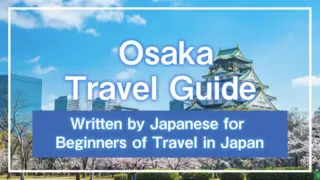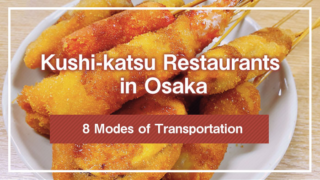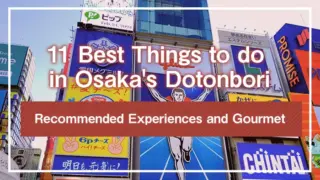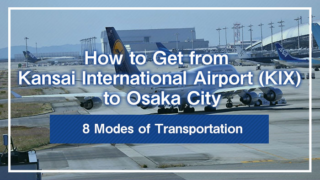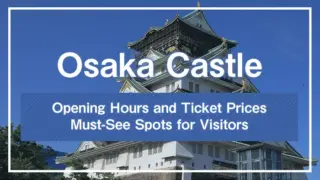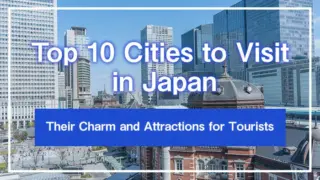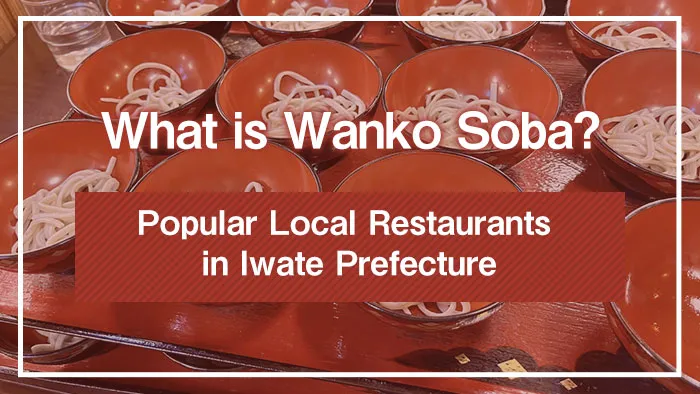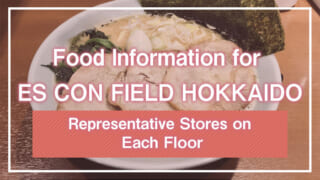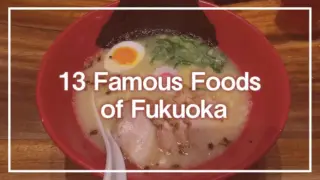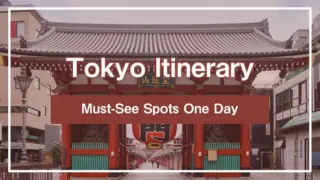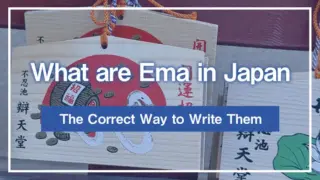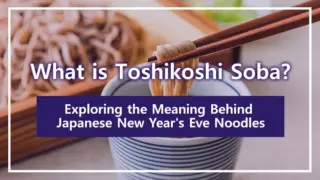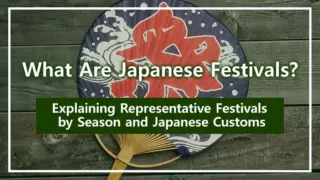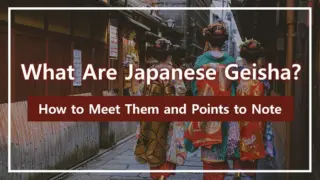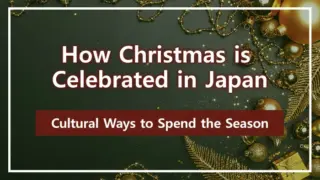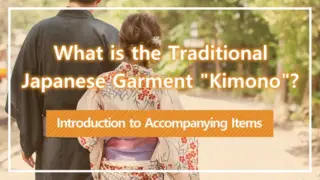Wanko Soba, a signature local dish of Iwate Prefecture, is more than just ordinary buckwheat noodles. It features a unique style where servers continuously offer small bowls of warm soba noodles, with the playful interaction between server and diner being part of the enjoyment. This culture, born from the spirit of hospitality, is especially popular in Morioka City and Hanamaki City, providing an unforgettable experience for tourists.
This article introduces the origins of Wanko Soba, its rules, tips for eating, and popular local restaurants. Why not add a Wanko Soba experience to your travel plans?
1. What is Wanko Soba?
Source:Hatsukoma
Wanko Soba is a signature local dish of Iwate Prefecture, characterized by its unique serving style known as “moridasishiki” (portioned serving). The warm buckwheat noodles are served in bite-sized portions in small bowls, with servers continuously adding more.
The general rule is that diners enjoy the soba until they’re full, then place a lid on their bowl to signal they’re finished. Wanko Soba is popular not just as a meal but as an interactive experience that includes playful exchanges with the servers.
1-1. Wanko Soba: The Spirit of Hospitality in Iwate Prefecture
Wanko Soba symbolizes the spirit of hospitality in Iwate Prefecture. Its origins are said to lie in the tradition of “soba furumai” (soba feasting), where soba was served to guests from afar as a warm welcome. This tradition gave rise to the style of serving in small bowls. The energetic calls of the servers as they serve the soba convey the warmth and playfulness unique to Iwate Prefecture.
Furthermore, Wanko Soba is a noodle dish deeply connected to local culture and history, and is one of Japan’s Three Great Soba along with “Izumo Soba” and “Togakushi Soba.” It’s especially beloved in Morioka City and Hanamaki City, and is counted among “Morioka’s Three Great Noodles.” Its unique format brings surprise and enjoyment to visiting tourists, making it loved by many.
2. Origins of Wanko Soba
There are two theories about the origins of Wanko Soba: the Hanamaki theory and the Morioka theory.
According to the Hanamaki theory, about 400 years ago during the Keicho era, the Nanbu clan lord Toshinao Nanbu stopped in Hanamaki on his way to Edo. The locals served him their specialty soba on flat bowls, which he greatly enjoyed and asked for several servings. It’s said that because the soba was served in bowls rather than large vessels, it came to be called “wanko soba” (“wan” meaning bowl). “Wanko” refers to a small wooden bowl in the local dialect.
The Morioka theory suggests that when Takashi Hara, known as the “commoner prime minister,” returned to his hometown of Morioka, he said “soba is best in bowls,” which spread widely as he was a soba enthusiast.
In Morioka and Hanamaki, there was an old custom of serving soba to visitors. To serve freshly cooked soba to many guests at once, the only way was to serve it in small portions in bowls. This custom is thought to be the root of Wanko Soba. The practice of offering more as soon as a guest finishes comes from the etiquette of hospitality called “otebachi.”
3. The Wanko Soba Challenge!
Wanko Soba is a highly entertaining meal where you can not only enjoy eating soba but also attempt to break records and enjoy interactions with the servers. Here are the rules and tips for Wanko Soba to help first-timers confidently take on the challenge.
3-1. Rules and Tips for Wanko Soba
The basic rules of Wanko Soba are simple. Bowls of warm soba are continuously brought to you, and you keep eating them. As soon as your bowl is empty, the server immediately adds new soba. When you’re full, place the lid on your bowl to signal you’re finished.
The average number of bowls is 50-60 for men and 30 for women. Here are some tips for eating more, especially by utilizing the Wanko Soba set efficiently:
Swallow the soba without chewing too much
Reducing the number of chews can increase your eating speed.
Use condiments
Condiments like green onions, wasabi, and nori not only add flavor variety but also refresh your palate.
Don’t drink too much broth
Drinking too much broth increases the feeling of fullness, so try to eat just the noodles as much as possible.
Relax and enjoy
The secret to eating for a long time is to not rush, but to enjoy the interaction with the server and the atmosphere.
Loosen your belt
A physical technique, but it works.
Wanko Soba is not a competition for eating a lot or eating quickly, but a meal rooted in the culture of “hospitality” where you can enjoy freshly cooked soba served warm and deliciously. The servers carefully provide soba one bowl at a time so diners can savor it to their heart’s content. Therefore, not only challenging for records but also slowly enjoying the flavor and warmth of the soba from the first bowl until placing the lid is another appealing way to enjoy Wanko Soba.
4. Popular Wanko Soba Restaurants in Iwate Prefecture
There are many popular restaurants in Iwate Prefecture where you can thoroughly enjoy Wanko Soba. Each has its own history and characteristics, and what’s interesting is that they all have their own specialties not just in the taste of the soba, but also in the condiments and serving styles. Here are some popular restaurants in Iwate Prefecture where you can experience Wanko Soba.
4-1. AZUMAYA Honten
Source:AZUMAYA Honten
Established in 1907, “AZUMAYA Honten” is a long-established soba restaurant in Morioka City. Servers call out “Hai, jan-jan!” (or “Hai, don-don!”) as they swiftly add more soba to your bowl. The soba has a good texture, and condiments include tuna sashimi, grated nameko mushrooms, and chicken soboro, allowing you to enjoy various flavor changes. The challenge where you receive a handprint if you eat more than 100 bowls is also popular.
Restaurant Information:
Wanko Soba: 4,200 yen
Address: 1-8-3 Nakanohashi-dori, Morioka City, Iwate Prefecture
Hours: 11:00-15:00, 17:00-19:00 L.O. (Wanko Soba 18:30 L.O.)
Closed: First Wednesday of every month (except May GW and August)
Access: 10 minutes by bus from JR Morioka Station, right by Morioka Bus Center
4-2. Yabuya
Source:Yabuya
Established in 1923, “Yabuya” is a long-established soba restaurant in Hanamaki City. They pride themselves on soba made with Iwate Prefecture buckwheat flour and a secret broth passed down through generations.Those who eat Wanko Soba receive a big eater certificate, and those who eat more than 100 bowls are certified as yokozuna (grand champion).
Restaurant Information:
Wanko Soba: 3,980 yen
Address: 7-17 Fukihari-cho, Hanamaki City, Iwate Prefecture
Hours: Weekdays 10:30-18:00 (L.O. 17:30), Day before closing 10:30-15:00 (L.O. 14:30)
Closed: Usually Mondays (Tuesday if Monday is a holiday)
Access: 10 minutes walk from JR Hanamaki Station
URL: https://yabuya.jp/
4-3. Chokurian
Source:Chokurian
“Chokurian,” established in 1884, is a long-established soba restaurant in Morioka City. Wanko Soba is available in three courses: “Regular,” “Superior,” and “Special.” The “Special” course requires a reservation. Each course can be supplemented with seasonal optional menus, allowing you to enjoy tempura and sashimi along with the soba.
Restaurant Information:
Wanko Soba: 3,050 yen-5,400 yen
Address: 1-12-13 Nakanohashi-dori, Morioka City, Iwate Prefecture
Hours: 11:00-21:00
Closed: Wednesdays (open on holidays)
Access: 15 minutes by bus from Morioka Station, 3 minutes walk from Morioka Bus Center
4-4. Hatsukoma
Source:初駒
“Hatsukoma” is a long-established restaurant in Morioka City’s Hachiman-cho, known as a Japanese cuisine restaurant that serves Wanko Soba. They offer Wanko Soba in a 30-bowl limited course or an all-you-can-eat course, with condiments including tuna sashimi and grated yam. You can enjoy a relaxed meal in a tatami room overlooking the garden. A unique feature is the “stacking” menu where they stack the empty bowls in front of you.
Restaurant Information:
Wanko Soba: 3,000 yen-3,300 yen (with stacking 3,550 yen-3,850 yen)
Address: 10-21 Hachiman-cho, Morioka City, Iwate Prefecture
Hours: 11:00-20:00
Closed: Check official Facebook
Access: 20 minutes by bus from JR Morioka Station, 10 minutes walk from Morioka Bus Center, right at Hachimangu-mae bus stop
5. Access to Morioka City, Iwate Prefecture
The most common and convenient way to get to Morioka City from Tokyo is by shinkansen, which is also accessible from other cities like Osaka.
Using the fastest Hayabusa services on the Tohoku Shinkansen, you can reach Morioka Station from Tokyo in about 2 hours 15 minutes. Several shinkansen services operate, including “Hayabusa,” “Komachi,” and “Yamabiko,” with frequent departures making it easy to choose a train that fits your travel plans.
The regular fare is 14,890 yen, but using early discount tickets like “Eki-net Tokuda-ne” can save you up to about 50%. You can also use JR East shareholder benefit tickets for a 40% discount.
Besides the shinkansen, you can also use highway buses, though the journey takes about 7 hours and 30 minutes. However, fares start from 5,700 yen, making it cheaper than the shinkansen.
Access from Tokyo Station to Morioka Station is as follows:
- Shinkansen: About 2 hours and 30 minutes from Tokyo Station via Tohoku Shinkansen
- Highway Bus: About 7 hours and 30 minutes from Tokyo Station
Conclusion
Wanko Soba is more than just a meal; it’s a cultural experience where you can feel the warm spirit of “hospitality” from the people of Iwate Prefecture. This dish, which brings surprise and joy to visitors, is also known as one of “Morioka’s Three Great Noodles” (Morioka Wanko Soba, Morioka Reimen, and Morioka Jajamen), representing a valuable food culture rooted in history and regional identity, and even has a designated Wanko Soba Day.
While attempting to break records is part of the attraction, the greatest pleasure comes from enjoying the flavor of the soba, the interaction with the servers, and the joy of eating. Visiting local popular restaurants allows you to compare the specialties and atmosphere of each establishment.
When visiting Morioka or Hanamaki in Iwate Prefecture, please try challenging yourself to Wanko Soba.
*This article was created based on information as of April 2025.

